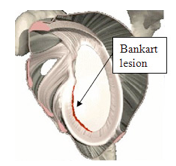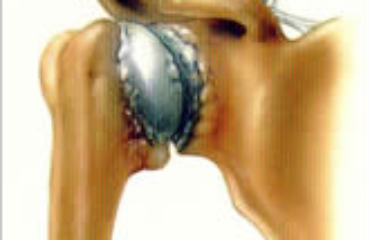Patients who suffer from a throwing condition might occasionally feel their shoulder pop when they try to complete certain exercises. They might find that with time they feel less powerful in their shoulder and they are not as strong as they once were. Some people might experience pain in the front of their shoulder or the back if it is touch.
In only the most severe cases do partial dislocations or full dislocations take place after the initial trauma. The feeling of having a dead arm for minutes at a time or regular shoulder pain can also be associated with shoulder instability.

When you undergo shoulder surgery for instability in Phoenix or Scottsdale you will need somebody else to drive you home because the general anesthetic will affect you for hours following the surgery. The actual surgical process, assuming there are no complications, takes an average of 1 to 2 hours. After one week you should be able to dress yourself and feed yourself. After a few weeks you should be able to return to normal function with your joint. It is important to remember that each case is different and your recovery is really contingent upon the severity of your condition and your personal health levels and age.
How to prepare for surgery
If you are recommended for surgery the first thing you will do is visit your primary care physician to make sure that you have no current medical problems. Generally a blood test will be taken as well as an x-ray of the area. If you have unique health risks you might be evaluated prior to your surgery. If you are taking any medications or over-the-counter supplements these must be discussed with your Scottsdale orthopedic surgeon.
The orthopedic surgeon might recommend that you stop taking certain medications two weeks prior to the actual surgery. Shoulder instability procedures are predominantly performed arthroscopically as an outpatient.

There are two common positions for this type of surgery one of which is lying on your side and the other of which is sitting upright in a reclining style chair. The Phoenix shoulder surgeon will select a position which is best for your particular needs and your procedure. Once you are positioned correctly an aseptic solution will be spread to the area to remove any bacteria and prevent infection. The rest of your body will be covered and you will be positioned in a holding device so that the area on which the surgeon is operating does not move.
Your surgeon will most likely give you a sling what you should wear once you resume normal activities in order to protect your shoulder. Your surgeon might also work with you to create a specialized plan for physical therapy and recovery. It is imperative that you follow this plan if you want to heal your injury in a timely fashion.



